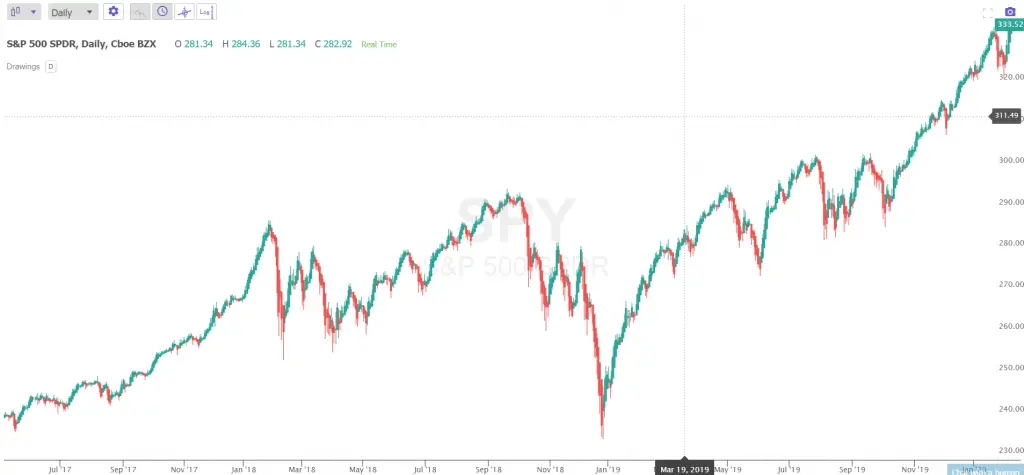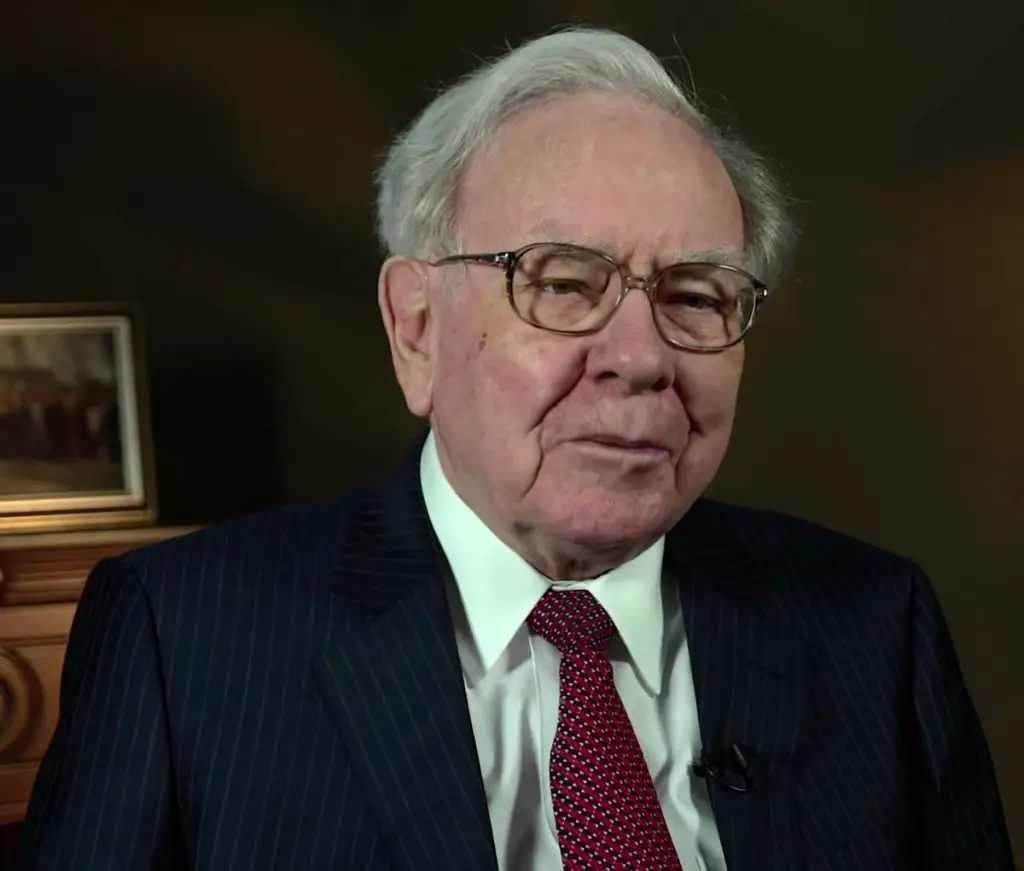Warren Buffett thought the management fees that hedge funds charged investors was ridiculous based on their historical returns in comparison to the markets. So Mr. Buffett set up a challenge for the hedge fund industry in 2008. One fund accepted his challenge, Protégé Partners LLC, and they made a million-dollar bet on who could produce the best returns over the next decade.
In May of 2019, Ted Seides wrote in a Bloomberg op-ed that The Protégé co-founder conceded defeat early ahead of the contest’s scheduled finish date, writing, “For all intents and purposes, the game is over. I lost.”
What investing system did Warren Buffett bet that could beat the hedge fund industry? Did he pick his own portfolio of stocks for the competition? Did he put up his own portfolio inside Berkshire as competition or just use Berkshire-Hathaway stock performance? No, he chose to simply buy and hold the S&P 500 index over the ten year period starting around 2008 to easily beat the hedge fund.
Why did he do this?
- The S&P 500 index was near lows in late 2008 so it was a great value.
- The majority of ten year periods for the S&P 500 index are positive. The median annual returns for 10-year periods since 1928 has been 6.5% and over a ten year period the compounding would grow the returns.The S&P 500 delivered negative annualized returns in only 11 out of 81 10-year periods (13.6%) since 1928.
- Less than 10% of professional money managers can beat their benchmark index historically over greater than 10 year periods.
This was a good bet, as the S&P 500 itself is a system that lets winners run and removes losing stocks from the index. The index is well diversified into equity sectors and it is managed unemotionally by Standard & Poors. “Why try to beat the index that is so hard to beat if you can just join it?” was Buffett’s thinking, and he was right in this case.
In February of 2019 Buffett told CNBC that passive investing in a mutual fund or exchange-traded fund that tracks a major stock index like the benchmark S&P 500—”Makes the most sense practically all of the time.”
The greatest investor of his generation is not a closet indexer, he is public about it.
The SPY exchange traded fund or an S&P 500 index mutual fund are investments that everyone should look at as their first step into the stock market. For some that could be the right option if the historical returns and drawdowns meet their risk tolerance and return goals, for others they may want to add a systematic process for trend trading the index or leverage to improve returns during bull markets.

